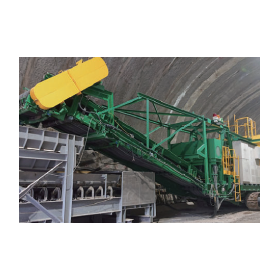Achieving data collection of various vibrations and realistic remote playback with world-class performance sensors!
This document introduces the "Robot Sensor" that our company handles. It includes sections such as "Characteristics and Structure of the Robot Sensor," "Achievements in Industrial Applications," and "Comparison between Our Sensors and Conventional Sensors." We encourage you to read it. 【Contents (Partial)】 ■ Characteristics and Structure of the Robot Sensor ■ Effect of Noise Reduction in Sensors ■ Sensor Performance ■ Achievements in Industrial Applications ■ Motor Rotation: Vibration Measurement *For more details, please refer to the PDF document or feel free to contact us.
Inquire About This Product
basic information
【Other Published Content (Partial)】 ■Comparison of Robots: Our Sensors vs. Conventional Sensors ■Sensors for Robot and Material Handling Applications ■Measurement of Body Vibration Using Unique Structure Wire Sensors ■Applications of Tactile Sensors ■Utilization in the Tactile Field *For more details, please refer to the PDF materials or feel free to contact us.
Price range
Delivery Time
Applications/Examples of results
For more details, please refer to the PDF document or feel free to contact us.
Company information
We have developed a wire-like sensor called "Robo Sensor" that can detect human body movements, pulse, and vibrations with ultra-high sensitivity and precision. Thanks to its unique noise-free structure, it can measure ultra-wideband frequencies directly from 0.1 Hz to 3 MHz with extremely low noise. As a result, it is widely used in various fields as an optimal sensor for predicting mechanical and robotic failures, as well as for vital measurements. 1) Measurement of various vibrations from robots, industrial equipment, and infrastructure facilities. It accurately captures changes in vibrations, making it an ideal sensor for preventive maintenance and condition-based monitoring (CBM), utilized by many users. 2) Utilization in work monitors with tactile sensors and haptic gloves. It can measure extremely small contacts that conventional sensors could not detect. 3) Also optimal as a vital measurement sensor. It can measure pulse rates, heart sounds, respiratory sounds, voice vibrations (including bone conduction), and even ultrasound diagnostics, covering a range from low frequencies to ultrasound. Its application in health checks and human diagnostics using various sound waves is being explored. Of course, robots can also perform various measurements similar to the human body, and their utilization is expanding. Additionally, applications in construction and infrastructure are being considered across various fields.




![[Case Study] Demonstration Experiment of Structural Monitoring Targeting Gunkanjima](https://image.www.ipros.com/public/product/image/00a/2000697816/IPROS82214103192375076598.png?w=280&h=280)


